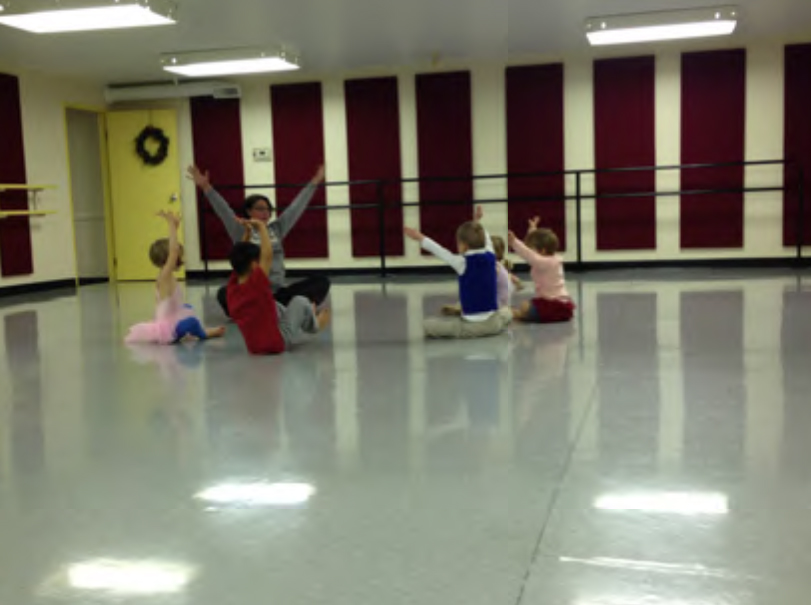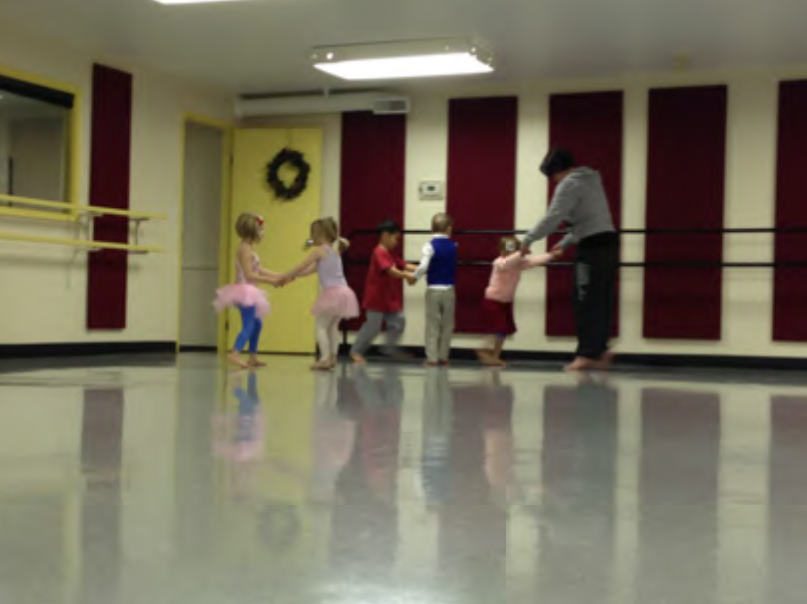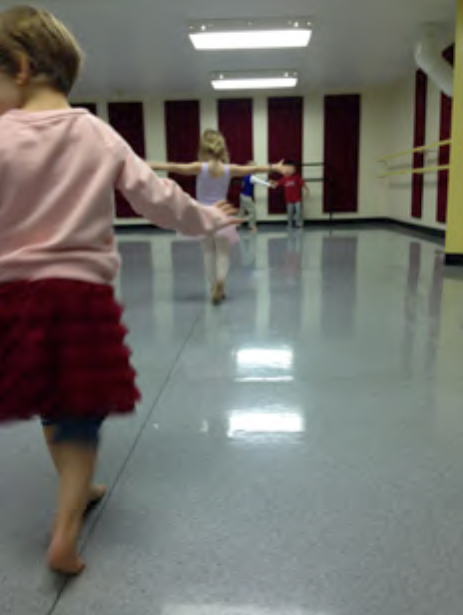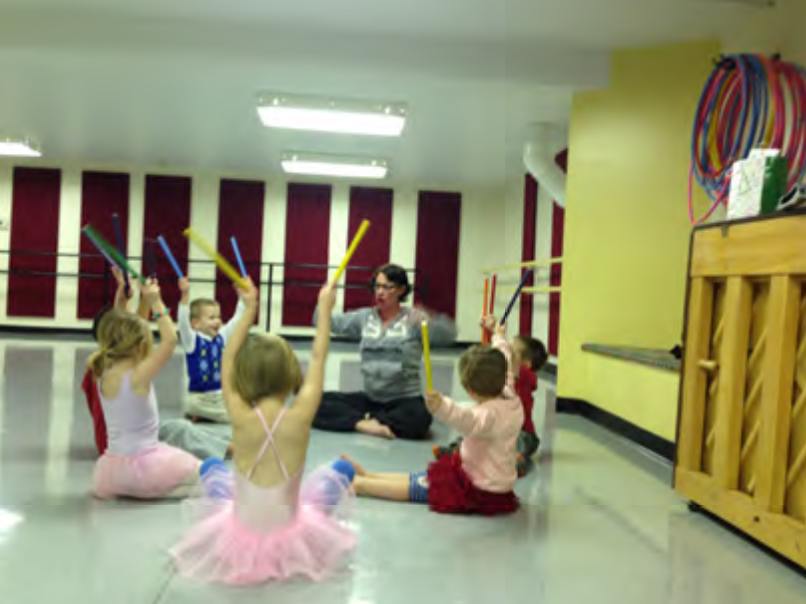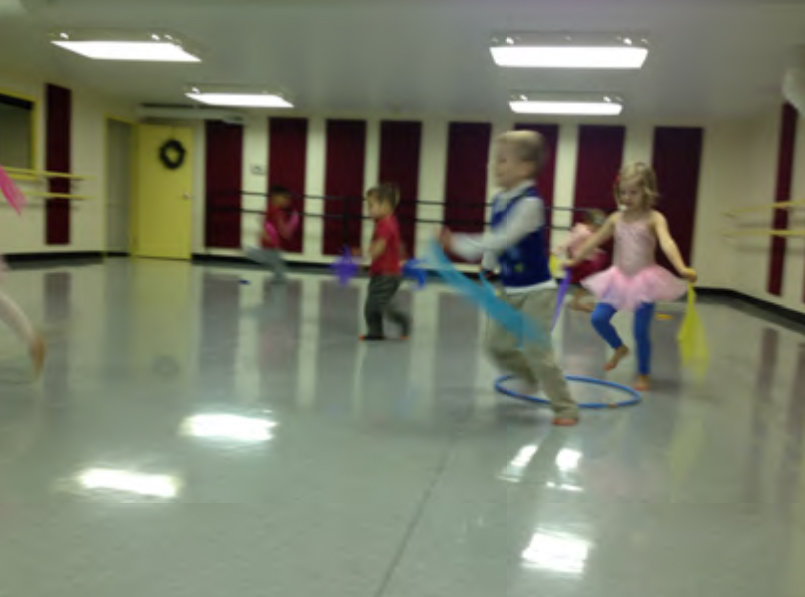Teacher’s Course – General Overview- All Levels
Sequencing Instruction
1) Introduction/Warm- up
2) Understanding/Activity Stage
3) Application/Dance
4) Concluding or Evaluation/ Cool Down and Review
The Warm Up
The Warm up varies from a fairly long period initially, to a short period once the students are familiar and competent with the routine. The purpose of the warm up is to increase the blood flow to the muscles, tendons and ligaments in preparation for more vigorous activity. This reduces the likelihood of injury due to muscle pulls, improves reaction time and improves the speed of movement of muscles and ligaments. It also reduces post exercise muscle recovery time. It’s effect is optimum when it is a consistent routine that provides a sense of ritual to the class, is easily accomplished by all participants and provides an introductory stage both physically and mentally to the class. It should be taught over a period of time adding new elements judiciously when students are approaching competence with the existing material.
Understanding and Application. The Skill Development Stage
Teach from the easy to the more difficult, from the known to the unknown. In some cases, this may mean from a general movement to a specific movement ex) a basic rhythmic exercise to a more complex exploration. Provide an opportunity for repetition or practice. Provide an opportunity to use skill in a combination. Use a variety of teaching methods or strategies. Encourage total participation and involvement and provide individual assistance.
Concluding Stage
This should be slightly shorter and proceed slowly from a high activity stage to the slower activity stages and in some cases should include some stretching. It is an excellent time for mentally reviewing the information covered in the lesson, and for obtaining feedback from the students. Any task or responsibility that the student will be expected to have at the following lesson should be reiterated.
Statement of Content
It is important that the students are aware of the focus for the lesson as there are many ways of approaching the material. It also helps to review in their minds the work that has occurred previously which may be similar in nature. The need to make material relevant to the whole is extremely important to the adult learner as they have little time for “busy work”.
Decision on Teaching Strategy
Dance education should strive to attain a balance between the practical skills (Body), intelligence and mental understanding (Mind), the enjoyment of the activity (Emotional/ Heart), and the freedom of creative expression (Spirit / Soul). As educators, our goal is to inspire the interest of the student to attain their physical and practical skills while encouraging their individual creativity in a safe and supportive environment.


